Sony A200: Entry DSLR Roundup
by Wesley Fink on October 20, 2008 1:00 AM EST- Posted in
- Digital Camera
Sony A200 vs. Nikon D60 vs. Canon 40D
It is widely known that the Nikon D60 utilizes the same Sony 10.2MP CCD sensor used in the Sony A200/A300 and the Pentax K200D. Any differences you might find between image quality of the A200 and D60 will therefore reflect the differences in processing electronics employed by each camera maker and perhaps the differences in the lenses used on each camera when the image was captured.
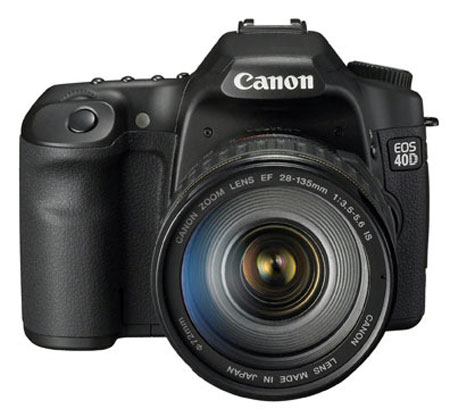
The 10.1MP Canon D40 uses the Canon CMOS sensor. The sensor size is the same as the Canon XS/XTi but the D40 does extend to ISO 3200, unlike the XS/XTi. Therefore all three cameras in this comparison reach from ISO 100 to ISO 3200.
It should not come as a surprise that the performance of the Sony A200 and Nikon D60 are all but the same in these noise tests. They are, after all, essentially the same sensor with different post capture electronics. What may come as a surprise is how very close the CMOS sensor Canon D40 results are to these two entry models. All three cameras capture very usable images with little difference among the results to ISO 1600. It is interesting that sharpening is also similar to ISO 800, but at ISO 1600 the Canon image is softer, which is one of the techniques used to reduce the appearance of noise.
By ISO 3200 the extra softening in the 40D is very apparent, with the consumer Nikon showing the greatest sharpness and the Sony A200 somewhere in between. If we adjust sharpness to comparable levels among the three cameras at ISO 3200 results are very close, but we would not choose any of these cameras at ISO 3200 for large prints, though all should be fine for 4x6 snapshots and small prints.
These results are a testament to how much the DSLR market has evolved in the last couple of years. For a long time Canon CMOS sensors were the clear resolution and low-noise leader in the market. Sony sensors have evolved quite a lot in the meantime and that Canon advantage is no longer so obvious.
The Canon warm Tungsten balance is still obvious. The Nikon colors are very slightly warm but acceptable and the Sony colors appear to be the most neutral is this side-by-side. The Sony A200 results are hard to fault in these JPG crops to ISO 1600, but we still think there is too much "edge-noise" in the Sony at ISO 3200 compared to the Canon or Nikon.


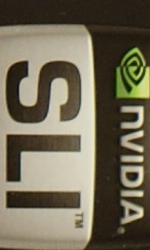
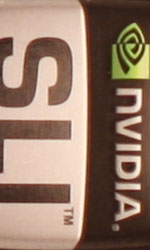
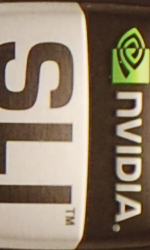
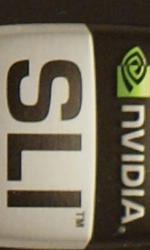
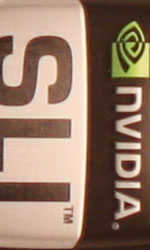
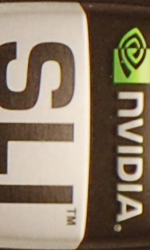

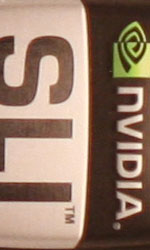

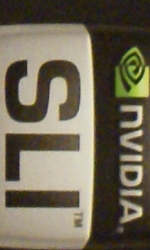


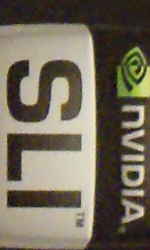
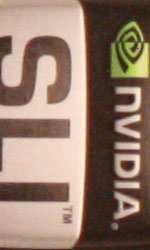


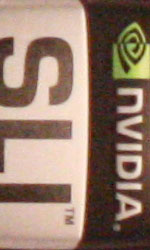
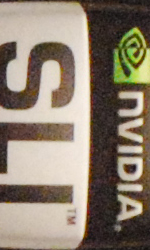








32 Comments
View All Comments
Wesley Fink - Tuesday, October 21, 2008 - link
Those coming from P&S who insist on Live View would probably be happiest with the Sony A300 ($599 kit) or A350 ($799). If they want a fast-focusing capable traditional DSLR the A200 has a fast 9-point module that works well with off-center targets, tracks moving subjects well in sports and kid shooting, and is one of the fastest AF and largest brightest viewfinders in its class.When the new Panasonic G1 micro 4/3 hits the shelves it features a sensor with truly fast contrast-detect AF that many users will find very satisfying in Live View mode. It is the first contrast Live View we have seen that is likely to satisfy DSLR fans. It is likely the first of a new generation of fast Live View sensors that will be used in future competing DSLR cameras.
Heidfirst - Tuesday, October 21, 2008 - link
the wireless flash controller will also work with Sigma, Vivitar etc. flash guns too so you can certainly get down to at least 1/2 the price of a 42AM. I agree that it's probably a function not used y the majority of A200 users but some people who may might use the A200 as a 2nd/backup body to e.g. an A700.The A200 doesn't have live view & other than the A300/A350 with their particular & unusual implementation autofocus in live view is pretty poor (slow) on DSLRs. At any rate A200 autofocus is as good as (or better than) any other DSLR in it's price bracket.
remember that most p+s use contrast detect AF whereas DSLRs use phase detect (other than in live view except A300/A350).
computerfarmer - Monday, October 20, 2008 - link
I have noticed the Sony a200 review on dpreview dated July 2008 with an announcement date of January 2008. you can view it here.http://www.dpreview.com/reviews/specs/Sony/">http://www.dpreview.com/reviews/specs/Sony/
Perhaps there are changes I am unaware of.
This does appear to be a nice camera for the money. It has a good size sensor along with a decent kit lens.
Is it true the future is in cmos sensors?
What is the expected life span of CCD/CMOS sensors?
Wesley Fink - Monday, October 20, 2008 - link
CMOS sensors are cheaper to manufacture and it is much easier to integrate associated electronics into a CMOS sensor.It is worth mentioning, however, that the newest highest-res mid-size Kodak sensor, used in the new Leica Medium Format camera, is a CCD sensor, and some still claim the CCD to be superior in image quality.
For a more in-depth discussion of CCD vs. CMOS you may want to look back at our Digital Sensor Articles with Part 1 at http://www.anandtech.com/digitalcameras/showdoc.as...">http://www.anandtech.com/digitalcameras/showdoc.as... and part 2 at http://www.anandtech.com/digitalcameras/showdoc.as...">http://www.anandtech.com/digitalcameras/showdoc.as....
computerfarmer - Tuesday, October 21, 2008 - link
Thank you for your prompt reply.I took the time to read both the articles. They help in understanding the differences between CMOS/CCD sensors. Yet everything electronic has an expected lifespan. Does anyone have an expected lifespan for these sensors?
Hulk - Monday, October 20, 2008 - link
Looks to me like the lenses you are using are scratching the limits of the sensors, thus the results are all pretty much the same. Using a prime at f/8 will pretty much take the glass out of the comparison as most any prime is quite sharp at f/8 unless there is something wrong with it.Also please test using a subject with more colors so we can see how each camera handles demosiacing under increasing ISO.
Thanks for you hard work.
- Mark
Wesley Fink - Monday, October 20, 2008 - link
As stated on the test pages all the test shots used a 50mm f1.4 prime stopped down to f/4.0. We are down 3 stops from the rated speed and in all cases the glass is in its highest resolution range.The only exception to this is the Olympus tests, where we use a 35mm prime macro lens stopped down to f4, which has been tested to be in the highest resolution area of that lens.
This is because of the 2x factor on Olympus which gives us a 70mm equivalent. That is much closer to the 75- 80mm equivalent of the 50mm on the 1.5X-1.6X sensors. The 50mm macro on the Olympus would be equivalent to 100mm.
Test results are closer because other manufacturers have made dramatic improvements in their sensors in the last couple of years. Canon no longer enjoys the massive lead in sensor resolution and low noise they enjoyed with their CMOS sensors in the early years of DSLR technology. As pointed out in the test comments, many of today's competing cameras in the entry category use the Sony 10.2 megapixel sensor so results would be similar.
The biggest differences are detailed on page 9 in the comparisons of the 3 Sony sensors used in the A200, A350, and A700. The new 24.6 megapixel A900 could have been included as we have one in house, but it seemed a stretch to include a $3000 camera with resolution more than twice the entry-level DSLRs.
As Jarred has pointed out we always use the kit lens for sample images that are normally included in our reviews, so photos will be representative of what a normal buyer might expect. We similarly always use primes stopped down to the same f/4 for our noise and resolution tests to remove glass variations from the equation.
Hulk - Thursday, October 23, 2008 - link
The reasoning to use primes is NOT to test lenses but to try to eliminate lenses as a variable during testing and atually see how the bodies perform. By using less than very good lenses it's hard to tell what is limiting performance, the lens or the body.Since you are not testing scenes with any depth of field just use the sharpest setting, which is f/8 for just about any lens. f/4 would be applicable to test bokeh for a depth of field shot.
Again I know it's easy to complain. But really I'll I'm saying is use primes and stop down to f/8 so we can isolate the camera body performance.
Thanks,
- Mark
strikeback03 - Thursday, October 23, 2008 - link
According to photozone.de, the center resolution of the 50 1.4 is essentially constant from f/2.8-f/5.6, and down a bit at f/8 (corners top out at f/5.6).http://www.photozone.de/canon-eos/159-canon-ef-50m...">http://www.photozone.de/canon-eos/159-c...mm-f14-u...
slrgear calls f/4 and f/5.6 essentially tied, with f/8 a little worse.
http://www.slrgear.com/reviews/showproduct.php/pro...">http://www.slrgear.com/reviews/showproduct.php/pro...
Both of these tests are on an 8MP sensor, and the center resolution numbers are pushing the boundary of that sensor, so larger differences might be revealed in tests with a higher resolution sensor. For the 10MP sensors though f/4 would seem to be a very valid choice.
melgross - Thursday, October 23, 2008 - link
You know that 50 1.4's are not very good, even stopped down a couple of stops.I would choose the Olympus 35mm macro for quality over the 50's. Try a 50 or 60mm macro instead. It's about as close as you're going to get to the 35mm macro in quality to even out the lens issue.